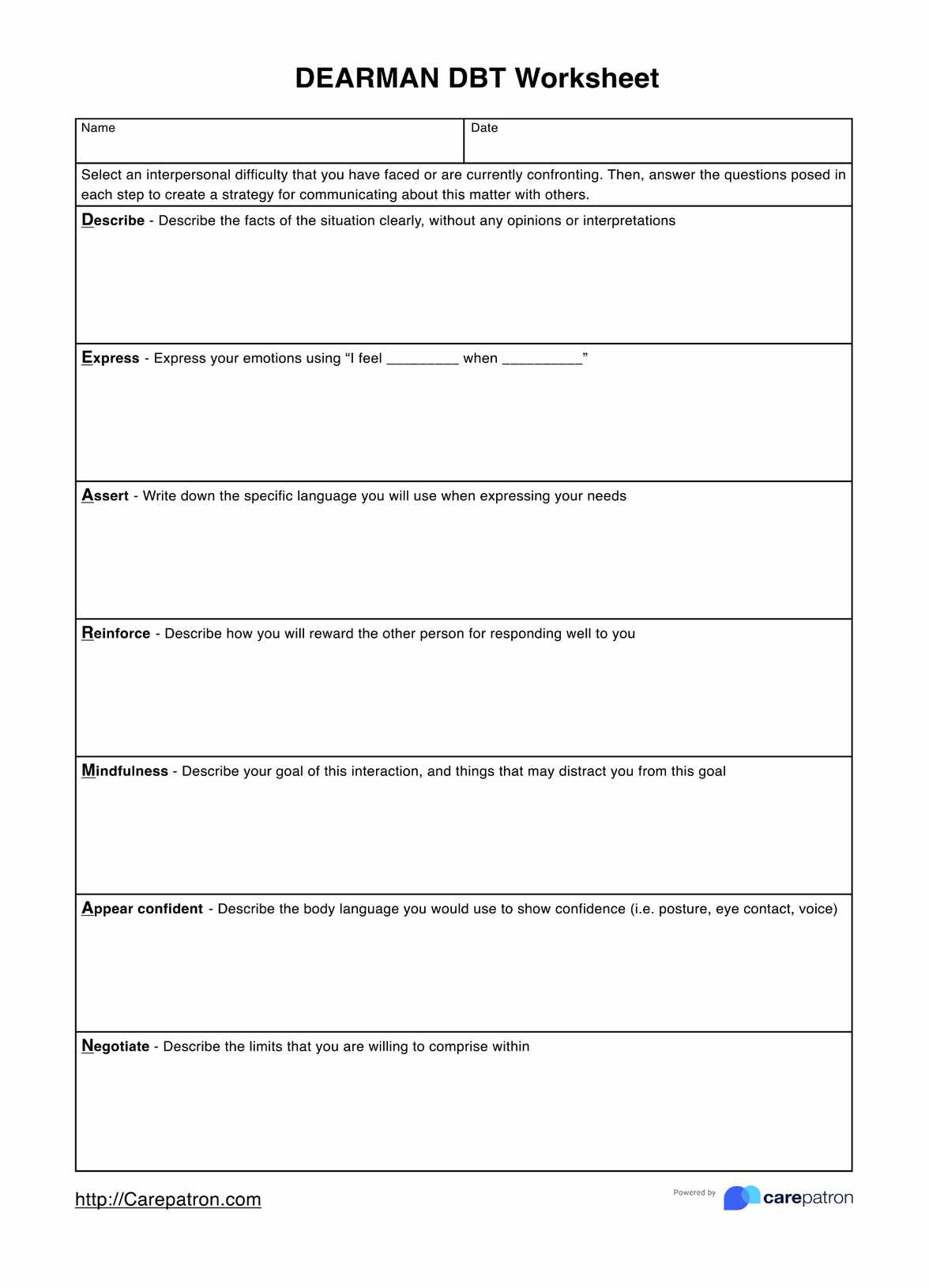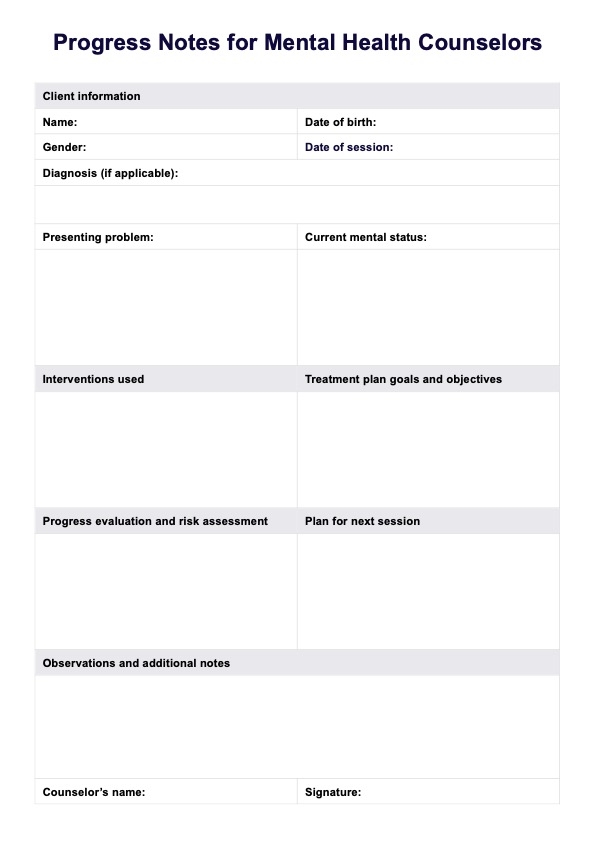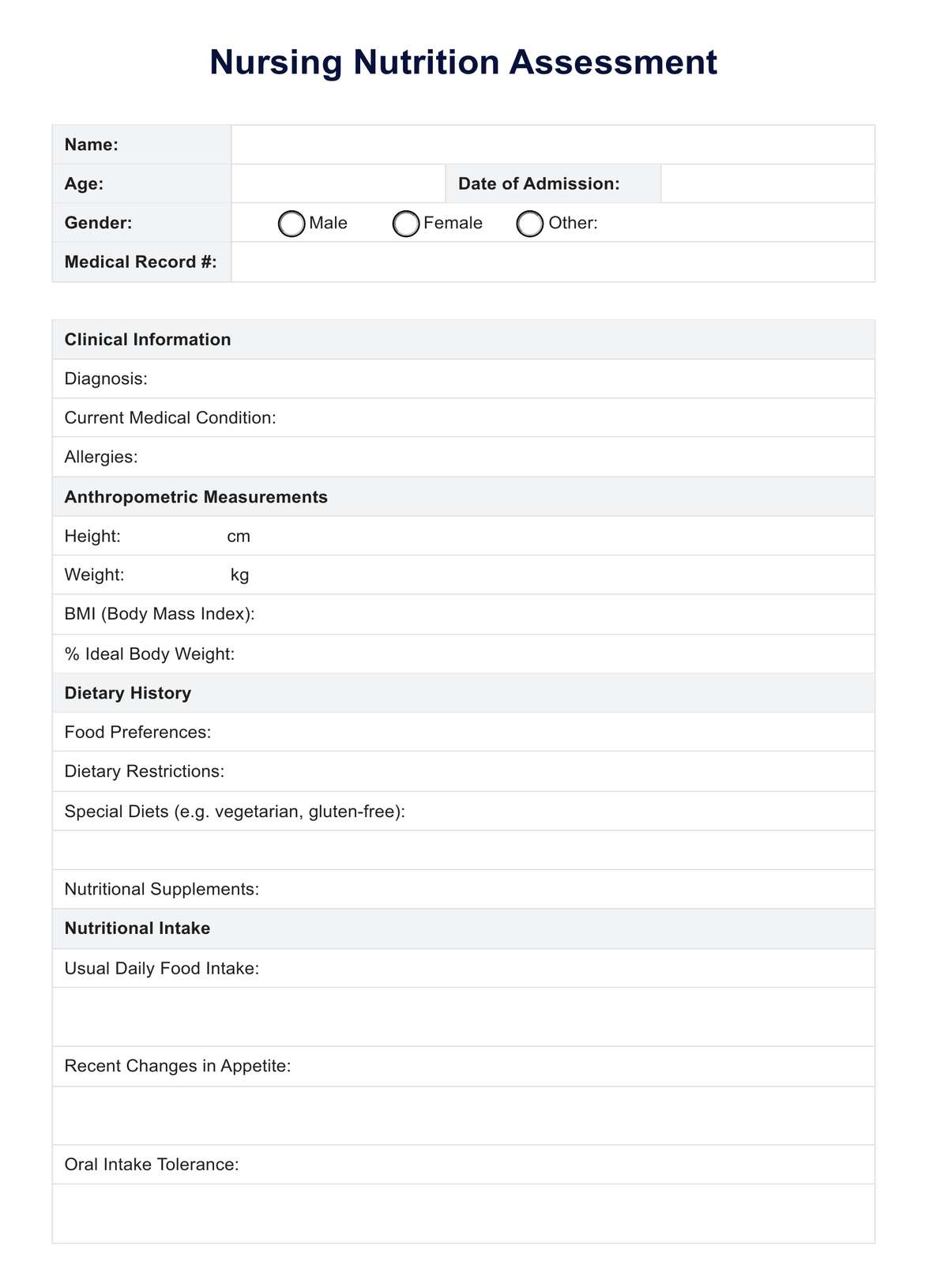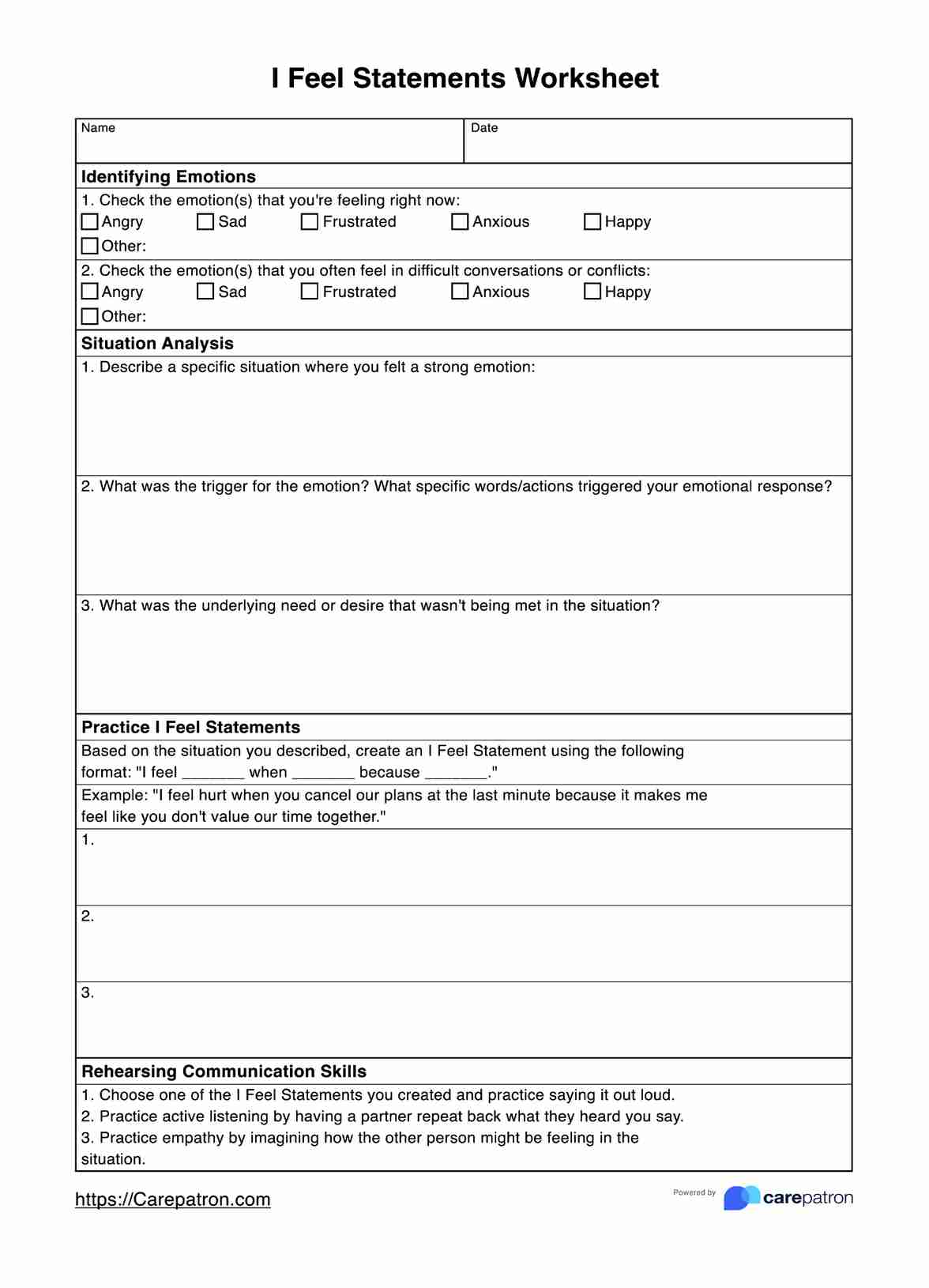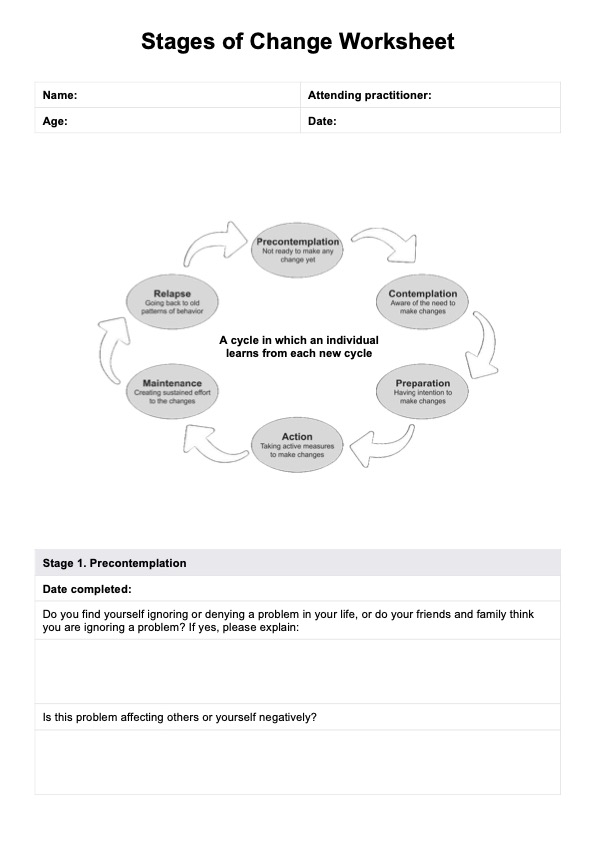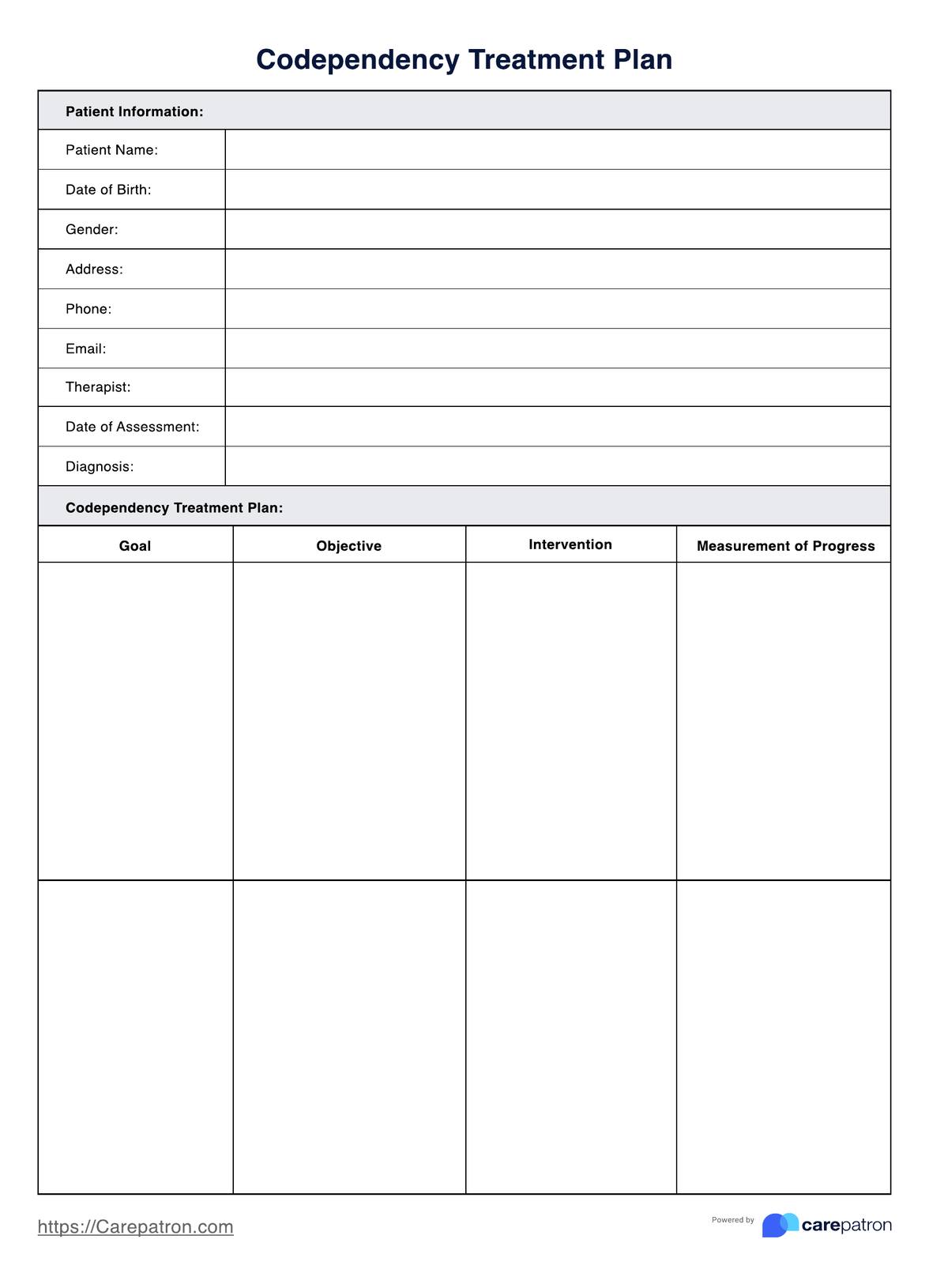Female Acupuncture Points Chart
Explore our Female Acupuncture Points Chart for a comprehensive guide on key acupuncture points and meridians to enhance women's health treatments.


What is acupuncture?
Acupuncture is a traditional Chinese medicine practice that involves inserting very thin needles into specific points on the body. It has been used for thousands of years to address various health conditions, particularly pain relief, stress management, and overall wellness.
The practice is based on the concept of "qi" (pronounced "chee"), which is the body’s life force or energy. According to traditional Chinese beliefs, qi flows through pathways known as meridians. When this energy flow is blocked or imbalanced, it can lead to physical or emotional ailments. Acupuncture aims to restore this balance by stimulating specific points along these meridians.
Another foundational concept in acupuncture is the balance between yin and yang, the complementary forces within the body. Yin represents passive, cooling energy, while yang represents active, warming energy. Imbalances between these two forces are thought to contribute to various health issues, and acupuncture works to harmonize them.
Research suggests acupuncture may have physiological effects by stimulating the nervous system (Li et al., 2022). It can trigger the release of natural pain-relieving chemicals, such as endorphins, and improve blood circulation. While scientific studies vary in their conclusions, many patients report positive outcomes, especially for managing chronic pain, migraines, and stress-related conditions.
Female Acupuncture Points Chart Template
Female Acupuncture Points Chart Example
How to use our Female Acupuncture Points Chart
Carepatron has created a free Female Acupuncture Points Chart for your practice. Follow these steps to get started:
Step 1: Download the template
Click the "Use template" button to access the form via the Carepatron app, where you can also modify it for your practice's needs. For a PDF copy, click "Download."
Step 2: Fill out patient information before each session
Begin each session by recording essential patient details, including name, date of birth, and the reason for their visit. This ensures accurate documentation for tracking progress and making informed treatment decisions.
Step 3: Select and document targeted acupuncture points
Identify the acupoints relevant to the patient’s condition and document them on the chart. Include details such as location, purpose, and any special notes about needle depth or manipulation.
Step 4: Record observations and outcomes
During or after the session, note any patient responses, changes in symptoms, or improvements observed. This information helps you assess the effectiveness of the treatment and adjust future sessions as needed.
Step 5: Provide follow-up instructions
Use the form to recommend follow-up treatments, at-home acupressure points, or lifestyle modifications to enhance patient outcomes. Keeping thorough notes ensures consistent care and supports long-term healing.
Step 6: Store the completed form securely
After filling out the form, store it securely within the Carepatron app or your clinic’s system to maintain patient confidentiality and easily access records for future sessions.
Primary meridians
Meridians are invisible pathways that carry qi throughout the body. Twelve primary meridians are linked to specific organs and functions integral to the human body's energy system. These pathways are responsible for the circulation of qi, blood, and bodily fluids, which is essential for health and well-being.
- Lung channel (LU): Connected to the respiratory system, it influences skin quality, feelings of grief, and immunity.
- Large intestine channel (LI): It plays a role in digestion and waste elimination and emotionally in the processes of letting go.
- Stomach channel (ST): Governs digestion and emotional well-being, distributing nutrients throughout the body.
- Spleen channel (SP): Important for digestion and blood production, affecting muscles and emotions like worry.
- Heart channel (HT): Controls blood circulation and is closely tied to emotions such as joy and love.
- Small intestine channel (SI): Affects nutrient absorption and clarity in distinguishing situations and emotions.
- Bladder channel (BL): Regulates water metabolism, the nervous system, and responses to fear and stress.
- Kidney channel (KI): Supports reproductive health, growth, and the emotions of willpower and fear.
- Pericardium channel (PC): Acts as the heart's protector, influencing emotional connections and mental health.
- Triple burner channel (TB or SJ): Oversees the interaction between bodily organs and functions, affecting temperature and metabolism.
- Gallbladder channel (GB): Key for decision-making, courage, and muscle strength.
- Liver channel (LR): Ensures the smooth flow of Qi and blood, affects emotional balance, particularly anger, and is crucial for detoxification.
In addition to the twelve meridians, the TCM framework includes the conception vessel (ren mai) and the governing vessel (du mai). These vessels serve as reservoirs that can influence all the main meridian pathways.
Acupuncture points
Acupuncture involves the insertion of needles into specific points on the body to balance energy flow. Here are some commonly used acupuncture points, along with their corresponding treatments:
- LI4 (Hegu): Located on the hand, between the thumb and index finger. It's often used for pain relief, stress reduction, and treating headaches and migraines.
- LV3 (Taichong): Found on the foot, between the big toe and the second toe. This point is used to alleviate stress, anxiety, and menstrual cramps, and to help with liver detoxification.
- SP6 (Sanyinjiao): Located on the inner leg, just above the ankle. It's beneficial for menstrual issues, fertility enhancement, insomnia, and digestive problems.
- GB20 (Fengchi): Found at the base of the skull, in the depression between the neck muscles. It's used to treat headaches, migraines, neck stiffness, and fatigue.
- ST36 (Zusanli): Located on the leg, just below the knee. This point is known for boosting energy, aiding digestion, supporting immune function, and alleviating nausea.
- PC6 (Neiguan): Situated on the inner arm, near the wrist. It's commonly used to relieve nausea, vomiting, and anxiety, and to calm the mind.
- CV6 (Qihai): Found on the midline of the abdomen. This point strengthens the body's vital energy, improves digestive health, and enhances overall stamina and vitality.
- HT7 (Shenmen): This hormone is located on the inner wrist and is used for emotional issues, such as stress, anxiety, insomnia, and heart problems.
- KI3 (Taixi): Found on the inner ankle. This point benefits kidney health, fertility issues, and lower back pain management.
- UB40 (Weizhong): Located at the midpoint of the crease at the back of the knee. It's used for lower back pain, sciatica, and knee pain, alleviating muscle stiffness and spasms.
Documenting the use of these points and their effects on patients is crucial for any acupuncture practice. Our SOAP notes for acupuncture template are invaluable for acupuncturists, facilitating accurate written, comprehensive session notes to enhance patient care and treatment planning.
How does acupuncture help support a female's health?
Acupuncture supports female health by harmonizing the body's vital energy, or Qi, offering relief and balance through every stage of life. This practice taps into the body's natural healing pathways, providing a foundation for exploring its diverse benefits in detail.
Fertility
Acupuncture is thought to enhance fertility by improving blood flow to the reproductive organs, balancing hormones, and reducing stress. It may improve ovarian function, encourage the production of healthy eggs, and increase the blood flow to the uterus, improving the chances of the embryo implanting. Stress reduction is another crucial aspect, as stress can significantly impact fertility; acupuncture aims to reduce stress and promote relaxation.
Pregnancy
During pregnancy, acupuncture is often used to manage common discomforts, such as nausea and vomiting, especially during the first trimester. It is believed to help balance the emotional and physical changes experienced during pregnancy, support the body's natural ability to nurture a healthy pregnancy, and may be used in preparation for labor. However, it's crucial to note that certain acupuncture points are avoided during pregnancy due to the risks of inducing labor.
Pain management
Acupuncture is widely recognized for its effectiveness in pain management, including menstrual cramps, pelvic pain, and pain associated with endometriosis. By stimulating specific acupuncture points, it's believed to trigger the release of endorphins (the body's natural painkillers) and affect the area of the brain that governs serotonin levels, a hormone that can affect your mood and reduce pain.
Menopause
For those going through menopause, acupuncture may alleviate common symptoms such as hot flashes, night sweats, mood swings, and sleep disturbances. It's thought to do this by promoting the regulation of hormones, improving blood circulation, and enhancing overall well-being. Some studies suggest acupuncture can help balance the endocrine system, leading to a decrease in the severity and frequency of menopausal symptoms.
Overall wellbeing
Beyond these specific areas, acupuncture improves general health and well-being. It is believed to enhance energy levels, improve sleep quality, and support mental health by reducing anxiety and depression symptoms. It also offers a holistic health approach that considers physical and emotional aspects.
While acupuncture is beneficial for many women's health issues, it's important to approach it as a complementary treatment rather than a standalone solution, especially for specific medical conditions.
Consulting with healthcare providers to integrate acupuncture into a broader treatment plan is advisable. Furthermore, the effectiveness of acupuncture can vary from person to person, and more research is needed in some areas to fully understand its benefits and mechanisms.
Reference
Li, Y.-W., Li, W., Wang, S.-T., Gong, Y.-N., Dou, B.-M., Lyu, Z.-X., Ulloa, L., Wang, S.-J., Xu, Z.-F., & Guo, Y. (2022). The autonomic nervous system: A potential link to the efficacy of acupuncture. Frontiers in Neuroscience, 16. https://doi.org/10.3389/fnins.2022.1038945
Commonly asked questions
In acupuncture, certain points are considered forbidden or contraindicated during specific conditions, especially during pregnancy. These include points on the lower abdomen and lower back, like LI4 (Hegu), SP6 (Sanyinjiao), and GB21 (Jianjing), among others, due to their potential to stimulate uterine contractions.
The most powerful acupuncture point often depends on the condition being treated, but LI4 (Hegu) on the hand is frequently cited for its wide range of applications, including pain relief, stress reduction, and its ability to influence the flow of energy or Qi throughout the body.
Acupuncture points commonly used to reduce inflammation include LI4 (Hegu), located on the hand, and ST36 (Zusanli), found on the lower leg, both known for their immune-modulating and anti-inflammatory effects. Additional points like SP6 (Sanyinjiao) and LR3 (Taichong) may also be used to regulate circulation and relieve systemic inflammation.


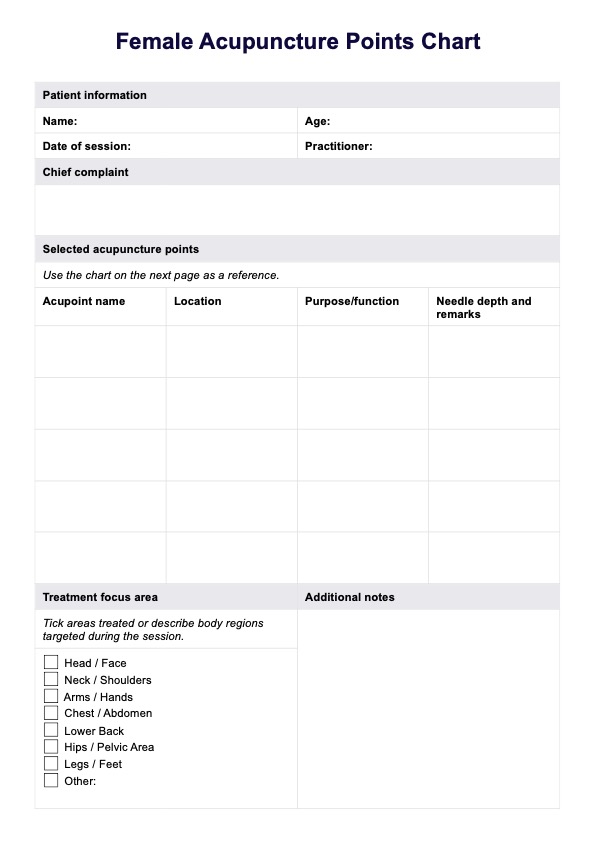
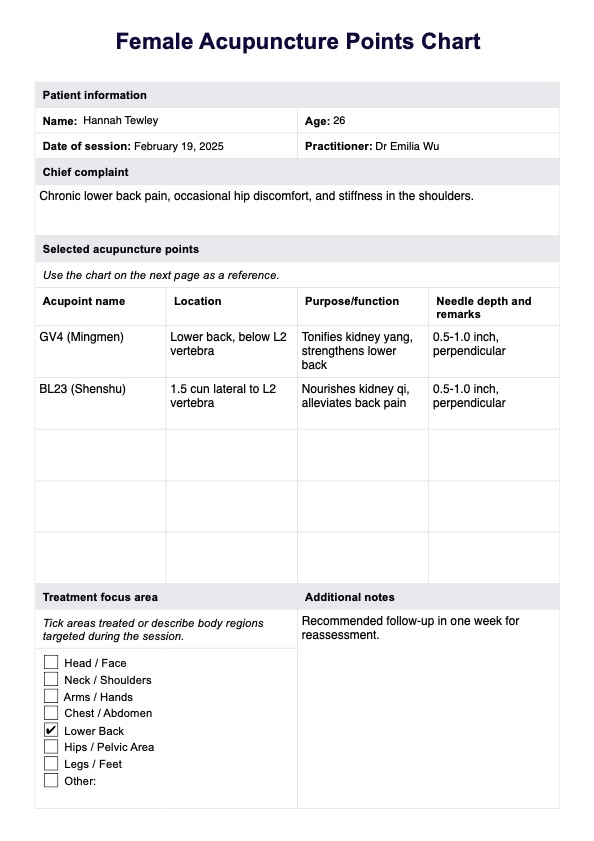

















-template.jpg)


















































































